Roshin RajNov. 1, 2024
What's Shaping the Future of Design
Imagine you're walking into a store. You're looking for a specific item. The store is well-organized, the aisles are clear, and you find what you need quickly. Now imagine the opposite: a cluttered store, confusing layout, and unhelpful staff. Which experience would you prefer?
That's where UI/UX design comes in. In 2024, UI/UX design is the key to unlocking those ideal digital experiences. It’s not just about making apps, websites, or software look good—it’s about making them work effortlessly, guiding users naturally from start to finish. Great design isn’t just an extra feature; it’s what keeps users engaged and coming back for more.
This year’s trends are redefining how we interact with technology, making it easier, faster, and more intuitive than ever. Ready to explore how these cutting-edge trends are transforming digital experiences and helping businesses stand out? Let’s dive in.
1-AI-Driven Personalization

Artificial Intelligence (AI) is playing a crucial role in providing personalized user experiences. AI algorithms analyze user behavior, preferences, and patterns to customize interfaces and content. This can range from dynamic layouts to personalized product recommendations, ensuring that interactions are more relevant and engaging for users
For example: e-commerce platforms use AI to display products based on a user's browsing history, while apps may adjust their interfaces according to individual preferences.
2-Voice-User Interfaces (VUI) and Voice Search

With the rise of smart devices, voice interfaces have moved beyond simple voice commands to more sophisticated voice interactions. In 2024, expect to see greater integration of voice-driven navigation, especially in mobile apps and smart home systems. Voice search optimization will also play a key role in UX, as users increasingly prefer speaking over typing.
Example: Apps that integrate conversational AI, like virtual assistants, enable users to interact with voice commands to perform tasks such as booking, searching, or setting reminders.
3-Augmented Reality (AR) Integration
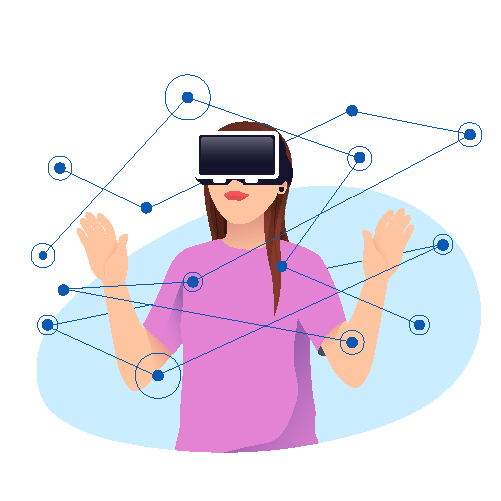
AR is now more than just a novelty feature. It’s being integrated into apps to provide immersive experiences, particularly in retail, real estate, and gaming. In UI/UX, AR creates new design challenges and opportunities to layer digital information onto the physical world, enabling interactive and engaging user experiences.
Example: Virtual try-on features for fashion or furniture apps, allowing users to visualize products in their real-world environment before making a purchase.
4-Minimalism Meets Functionalism

While minimalism remains a strong trend, 2024 is seeing the rise of functional minimalism—designs that prioritize simplicity while maintaining a clear focus on usability. Clean, uncluttered interfaces with essential elements ensure ease of navigation and a smooth user experience, without sacrificing functionality.
Example: Flat design with purposeful color accents and typography that guide users seamlessly through an app without overwhelming them with too many features.
5-Dark Mode Evolution
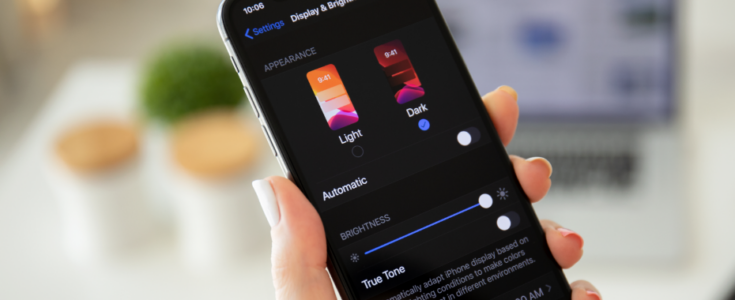
Dark mode has moved from being a trend to a design standard, with more apps and websites incorporating it for both aesthetic and practical reasons. In 2024, we’re seeing innovations in dark mode designs, with more focus on contrast, readability, and energy efficiency across devices.
Example: Dark themes that adjust automatically depending on the time of day or ambient light, ensuring a comfortable user experience.
6-Micro-Interactions and Micro-Animations

Subtle animations and interactive feedback mechanisms have become more critical in making apps feel responsive and alive. Micro-interactions, such as button hover effects, loading animations, and swipe feedback, can enhance the user experience by adding a layer of intuitiveness and playfulness to the UI.
Example: A small animation that plays when a user adds an item to their cart, creating a satisfying and engaging user interaction.
7-Inclusive and Accessible Design
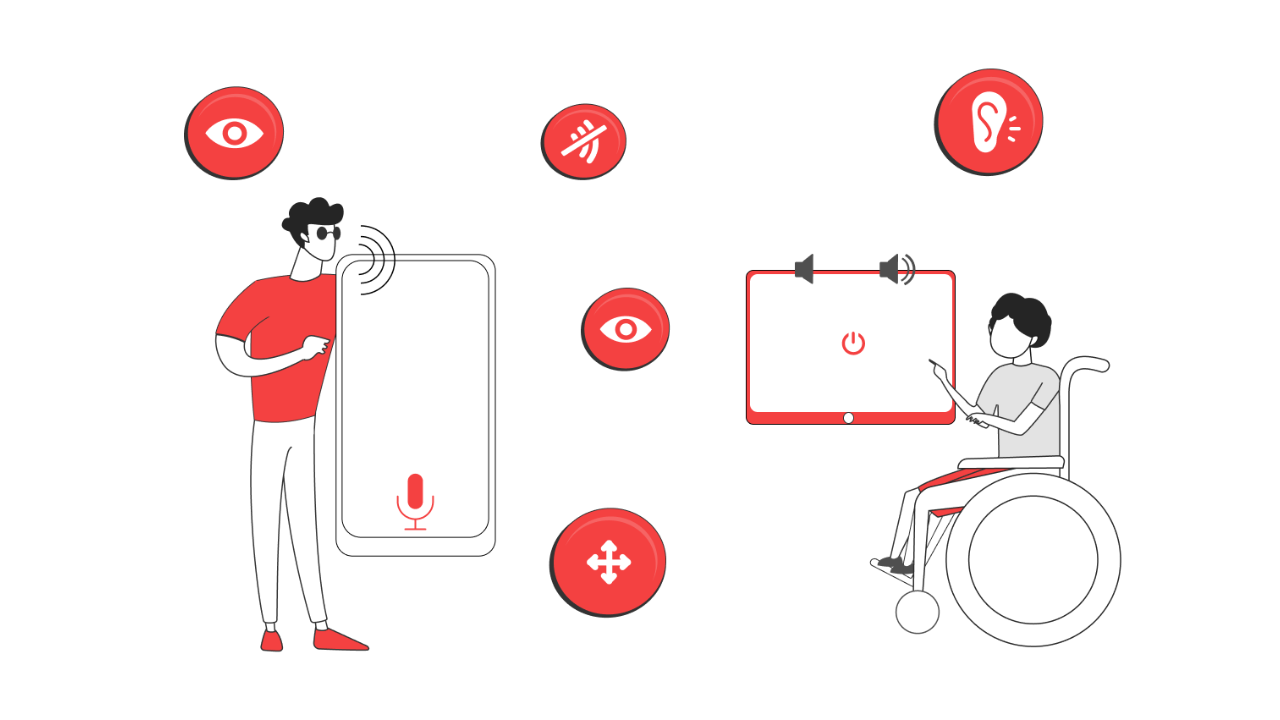
2024 places an even greater emphasis on inclusivity and accessibility in UI/UX design. Designers are focusing on creating interfaces that accommodate diverse users, including those with disabilities. This includes improved screen reader compatibility, keyboard navigation, and features like adjustable font sizes and color contrasts.
Example: E-commerce platforms offering text-to-speech for product descriptions or adjusting font sizes for visually impaired users.
8-Neumorphism and Glassmorphism

The aesthetic shift towards neumorphism (soft shadows and raised elements) and glassmorphism (frosted glass-like transparency) continues in 2024. These design styles offer a modern, sleek look that adds depth and dimension to interfaces, creating a balance between realism and digital aesthetics.
Example: A card layout that uses soft shadows and translucent elements, giving the interface a more tangible and layered look.
9-Gesture-Based Design
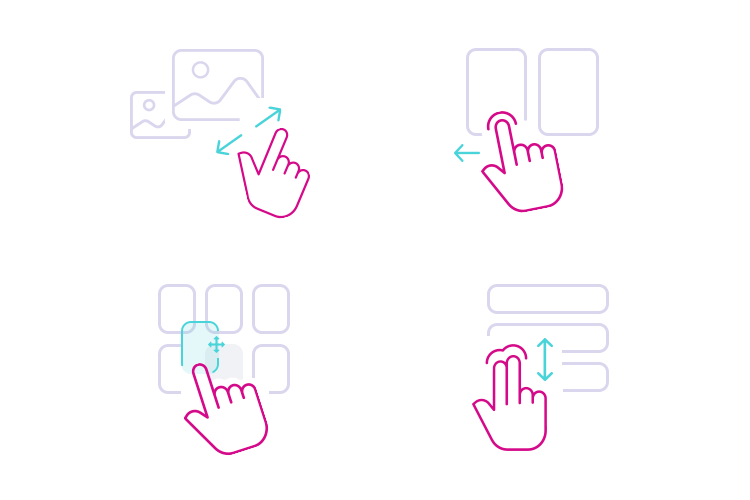
With the increase in touchscreen interactions, gesture-based design has taken off. Swiping, pinching, and tapping gestures make user interfaces more intuitive and fluid. These interactions eliminate the need for traditional navigation buttons, especially in mobile apps, allowing for more screen real estate and an immersive experience.
Example: An app that relies on swipe gestures for navigation, reducing the need for visible buttons and making the interface feel more seamless.
10-3D Elements and Immersive Visual
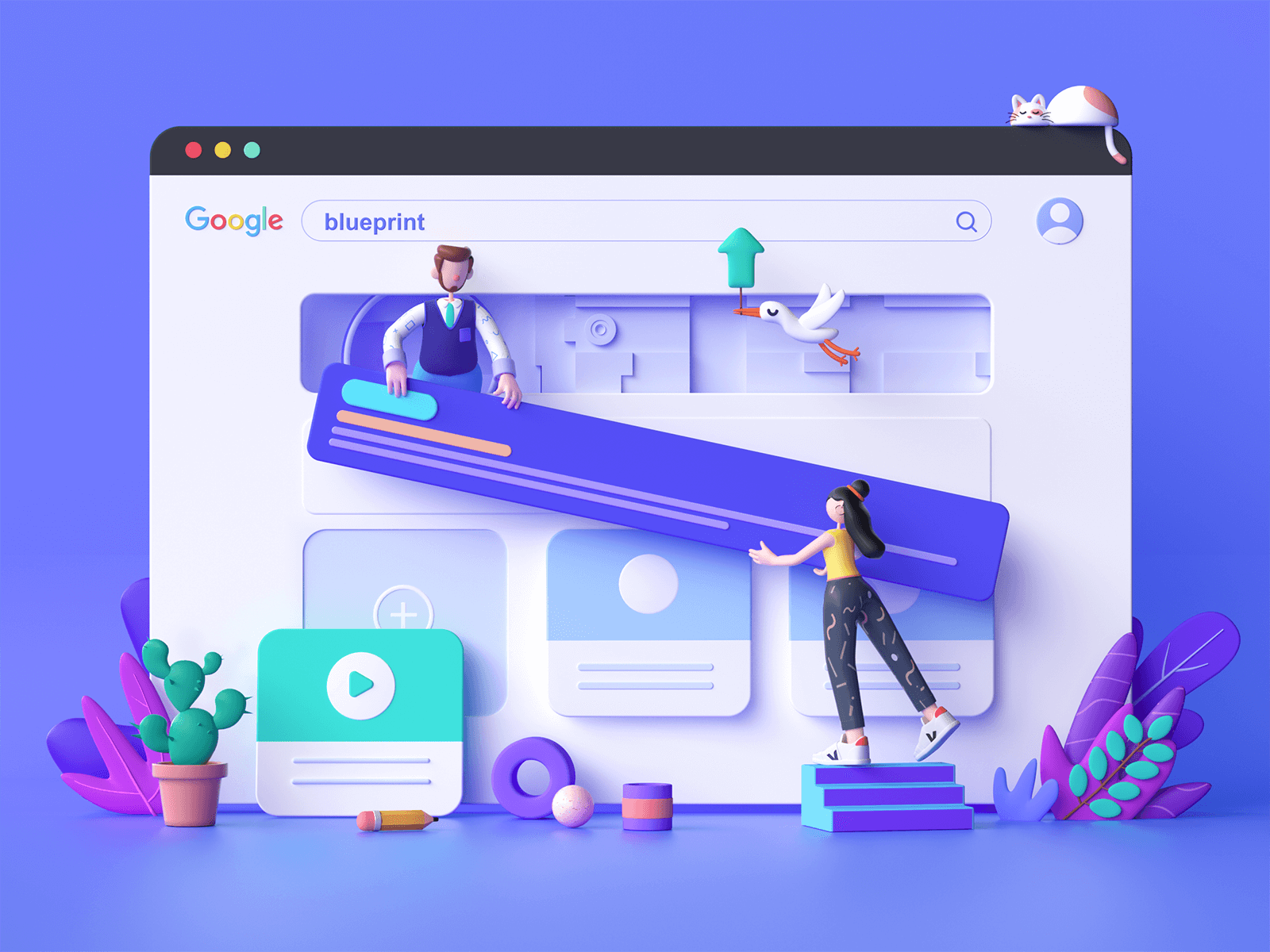
The use of 3D graphics is becoming more prominent, adding depth and realism to the digital experience. Whether it's through product previews, avatars, or immersive environments, 3D elements offer more dynamic interaction possibilities
.
Example: Interactive 3D models on shopping platforms, where users can rotate, zoom, and inspect products from every angle before buying.
11-Multi-Device Design
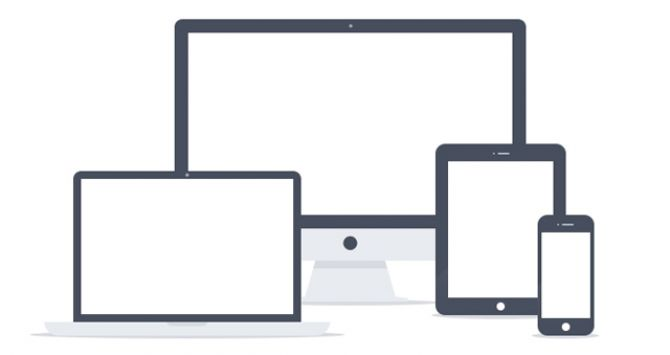
With the increasing number of devices users interact with daily—phones, tablets, wearables, and smart TVs—designers are focusing on seamless multi-device experiences. Responsive design will no longer be limited to mobile-first thinking but will include smartwatches, AR glasses, and more.
Example: A fitness app that syncs user data and adjusts its interface depending on whether the user is accessing it from a smartwatch, smartphone, or smart TV.
UI/UX design in 2024 is all about creating simple, smooth, and enjoyable digital experiences. The latest trends are focused on making apps, websites, and software easier to use, more personalized, and faster. By following these trends, businesses can keep users happy and coming back.
The future of digital design is about making technology work better for everyone. Are you ready to be part of it?

0